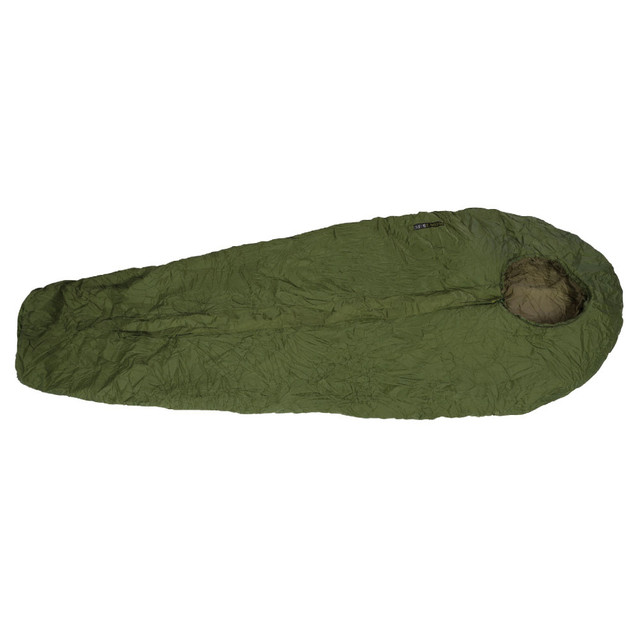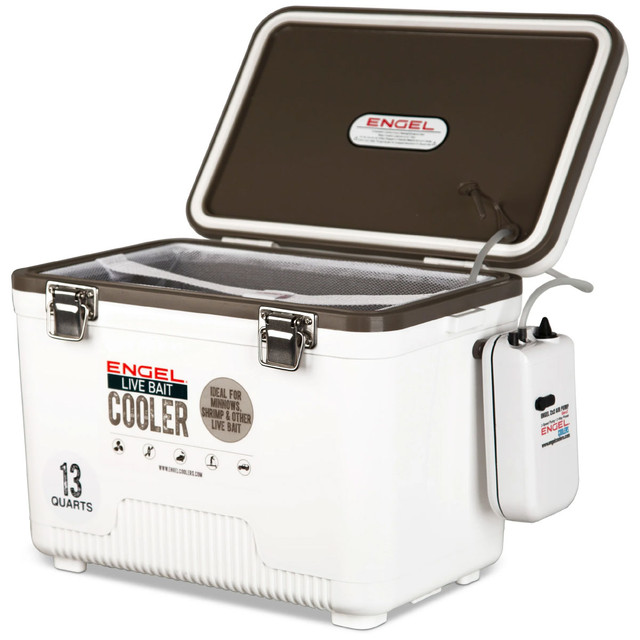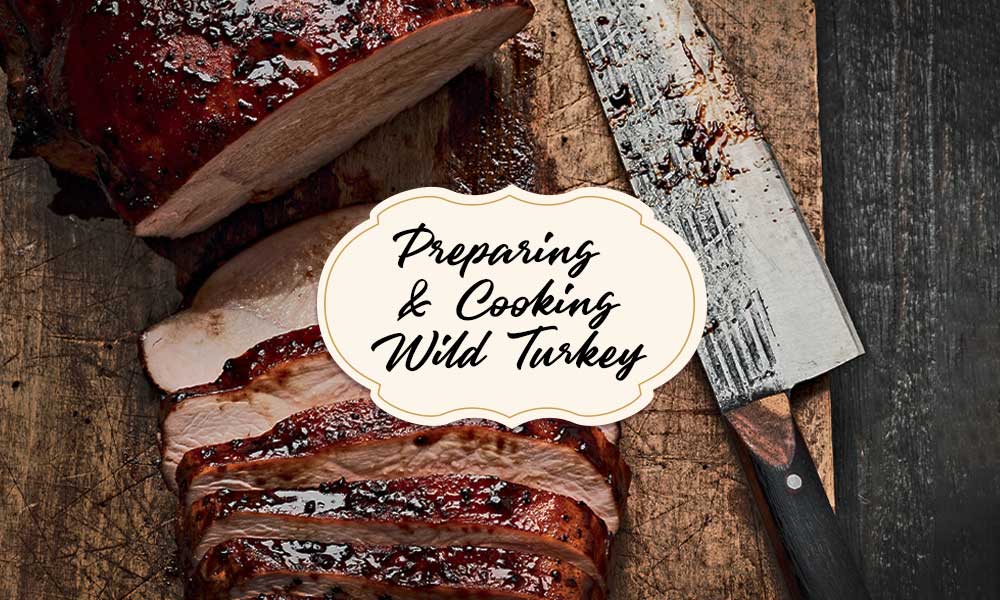Fall camping can be a wonderful experience, but it comes with its own set of challenges. During this season, weather conditions can change quickly, so it’s essential to be prepared. Expect cooler temperatures, potential rain, and even early snow in some areas. The camping gear you need will vary depending on the type of camping you’re doing. This guide will primarily focus on classic tent camping, but don’t worry – we’ll also include helpful tips for backpackers.
What to Wear: Fall Camping Clothing & Footwear
Fall camping can be a bit of a challenge because of the temperature fluctuations. During the day, it might get pretty warm, even hot, but once night falls, it can get chilly. The best way to deal with this is by layering your clothes. Layers let you mix and match to handle the changing temps throughout the day. Make sure to look for breathable, quick-dry, and water-resistant clothing to stay comfy and dry.
The Three Layers
Base Layer: This layer goes directly against your skin. Choose a breathable and moisture-wicking material to help regulate your body temperature. Wool is a great option because it keeps you warm even when wet, doesn’t retain odors, and is naturally antimicrobial. Polyester is a solid runner-up but can get a bit smelly and isn’t as breathable. Avoid cotton; it traps moisture and can make you cold.
Consider getting a long-sleeve shirt when camping in the fall, as it’s more versatile than a T-shirt. Its long sleeves will protect you against bugs and the sun when it’s warm and provide better insulation when it’s cold.
Mid Layer: For insulation, you’ll want to wear a fleece jacket or a wool sweater. These materials trap warmth while allowing moisture to escape.
Outer Layer: Your outer layer should protect you from wind and rain. Look for jackets and pants that are water-resistant or waterproof. Convertible pants can be very handy when camping in September; you can switch from pants to shorts as the day warms up.
Accessories: Don’t forget a hat (a cap or beanie), a buff, and light gloves. These will help you retain body heat. Also, consider a strong belt to support the weight of your camping tools that you want to keep close at hand.
Tip from a seasoned camper: Always dress for what you’ll be doing in the next 15 minutes. If you’re about to be active, shed a layer to avoid overheating. If you’re resting, put a layer on to stay warm.
Shoes & Socks for Fall Camping
Invest in a good pair of hiking boots or shoes. Basically, you have two options: hiking shoes and hiking boots. Classic hiking boots are ideal for rough, uneven terrains or if you’re carrying a heavy backpack. They come with ankle support, which helps prevent injuries on rocky trails, shanks, and deep lugs for enhanced traction, and are generally quite robust and stiff.
If your path is mostly flat or you’re not carrying a heavy load, hiking shoes are a lighter, more flexible option. They are made from advanced synthetic materials, often looking like regular sneakers. They provide a good grip and are less bulky, perfect for lighter applications.
As for hiking socks, opt for synthetic or wool materials. Packing extra socks is always a good idea so you can change if they get wet.
What to Bring: Fall Camping Gear Packing List
Three Season Tent
When picking a fall camping tent, a three-season design is what you want. These tents are designed to handle all weather conditions except really cold. Modern backpacking tents are much lighter and easier to pack than ever before, but if you’re looking for something super convenient and minimalistic, bivy sacks – ultralightweight one-person shelters – are a fantastic option. If you’re camping in an area with a lot of mosquitoes, definitely opt for a bugproof tent.
Three-Season Sleeping Bag
For fall camping, look for a sleeping bag rated for the lowest temperatures you might encounter based on historical data for the area. Also, choose a sleeping bag made from synthetic materials or a hybrid of synthetic and down. Synthetic bags are great because they retain their insulating properties even when wet and dry out quicker, which can be a lifesaver if the weather turns wet.
If you’re anticipating really cold and dry conditions, down sleeping bags can be an excellent option, as they offer superior insulation.
Tip from a seasoned camper: Steer clear of any sleeping bags marketed as waterproof (like with a Gore-Tex outer layer) because they trap moisture instead of letting it out fast.
Sleeping Pad
A sleeping pad cushions you from rocks and twigs and adds insulation. There are a few types to consider. An air pad is inflatable and packs down small, but make sure to carry a repair kit just in case it gets a hole. Closed-cell foam pads are super durable and won’t puncture, making them a great choice for rough terrains. The downside is they can be a bit bulkier to carry. Don’t forget a pillow or use a stuff sack filled with clothes to make it even cozier.
Fire & Cooking
The number of supplies on your fall camping checklist varies depending on what kind of camping you’re doing. Basically, the more self-reliant you are, the simpler your gear gets.
Bring a reliable lighter or a pack of waterproof matches to make sure you can start a fire even in damp conditions. A camping axe with a 2-pound head will come in handy for chopping wood or clearing the area around your fire.
Don’t forget your outdoor cooking gear: a pot, cup, and spork. A portable stove with gas is an excellent backup in case you have trouble starting a fire.
If you’re going car camping, a grill set and cooler will keep your food fresh and make cooking easier.
And, of course, you can’t go without a fixed-blade knife and a multitool – that’s just a given!
Safety & Survival
If you’re camping in bear country, a bear canister and a bear spray are must-haves. For dealing with the less scary critters, don’t forget the bug repellent – especially in early fall when bugs are still active.
Prepare a first-aid kit and an emergency survival kit. Put bandages, ointments, antiseptic wipes, and NSAIDs for pain relief. A blister kit can save you if you’re walking a lot. An emergency kit should consist of essential gear for navigation and survival. Pack a compass and paper maps, signal mirror and whistle, duct tape and cordage, fishing kit, and water purification tablets.
Additional Gear
- Light Source: A flashlight or headlamp is essential for navigating in the dark.
- Monocular: Useful for scouting the area and spotting wildlife or landmarks.
- Packable Chair: For added comfort around the campfire or when lounging in nature.
Camping in October or November
Rain Jacket: Unlike waterproof and water-resistant hiking jackets made from porous materials that get soaked under real heavy rain, a rain jacket will keep you dry no matter what.
Tight Containers: Use waterproof containers to shield your gear and electronics from moisture.
Tarp: Pack it to make your tent waterproof or protect firewood from rain or snow.
Pack Extras: Always pack a few extra items for unexpected weather. Bring along an extra blanket, warm boots, and additional clothing and socks. These items might seem like a luxury, but they’ll become invaluable if you find yourself in colder or wetter conditions than expected.
Prepare for Snow: If you’re camping in areas known for early snowfalls or cold conditions, pack thermal underwear and heavy clothing. Don’t forget mittens to keep your hands warm.
Backpack: The size of your backpack depends on the amount of gear you plan to carry. A good rule of thumb is to keep your pack weight to about 25% of your body weight. Look for a backpack made from durable materials like 500 Denier Cordura nylon or higher.




















